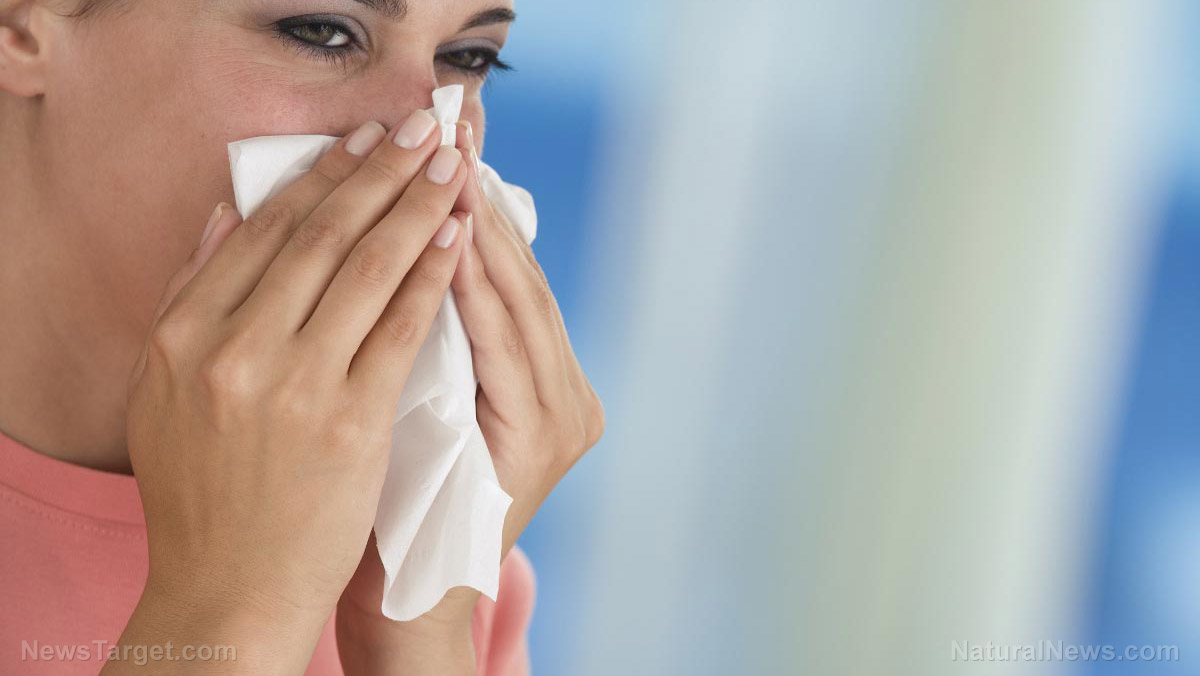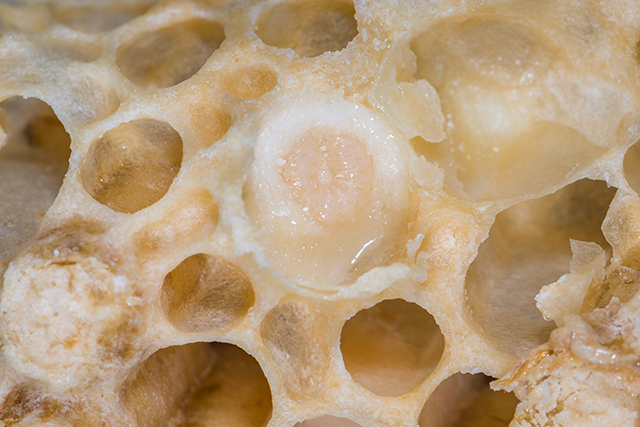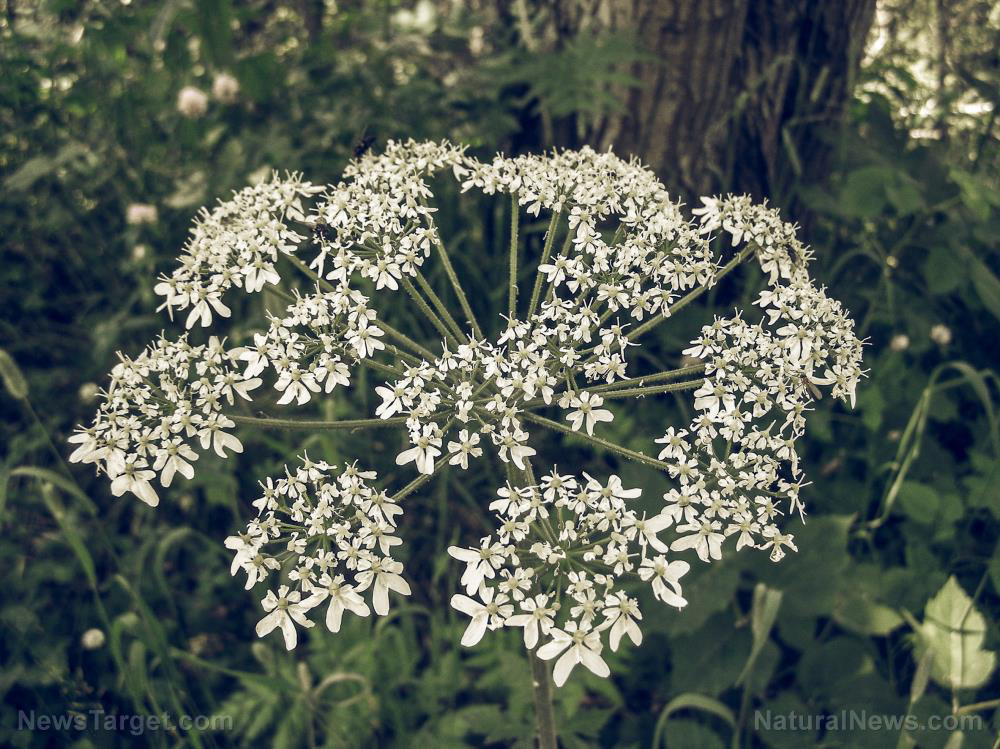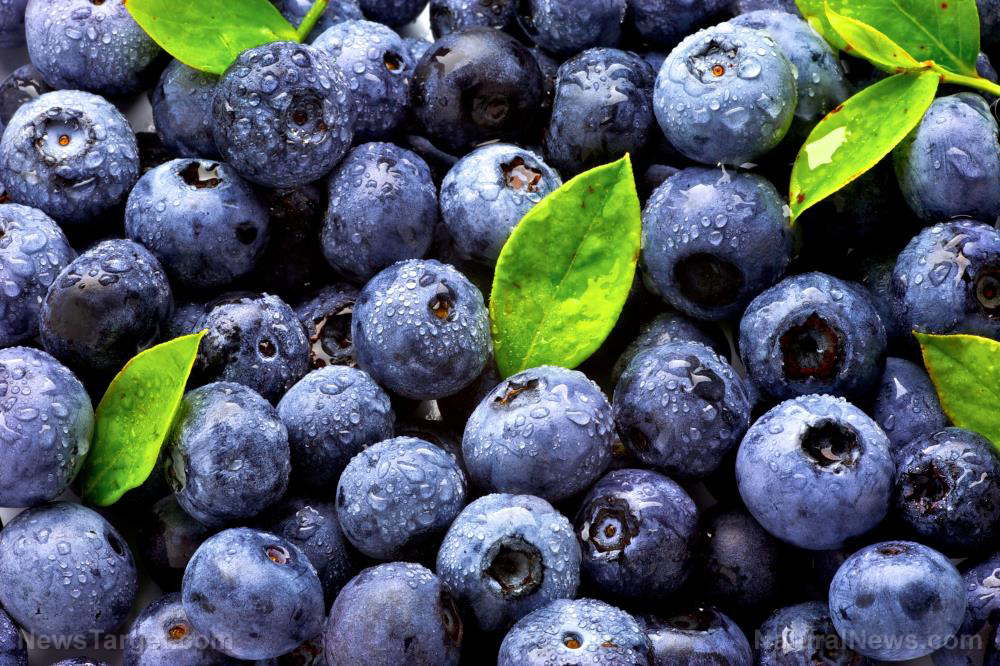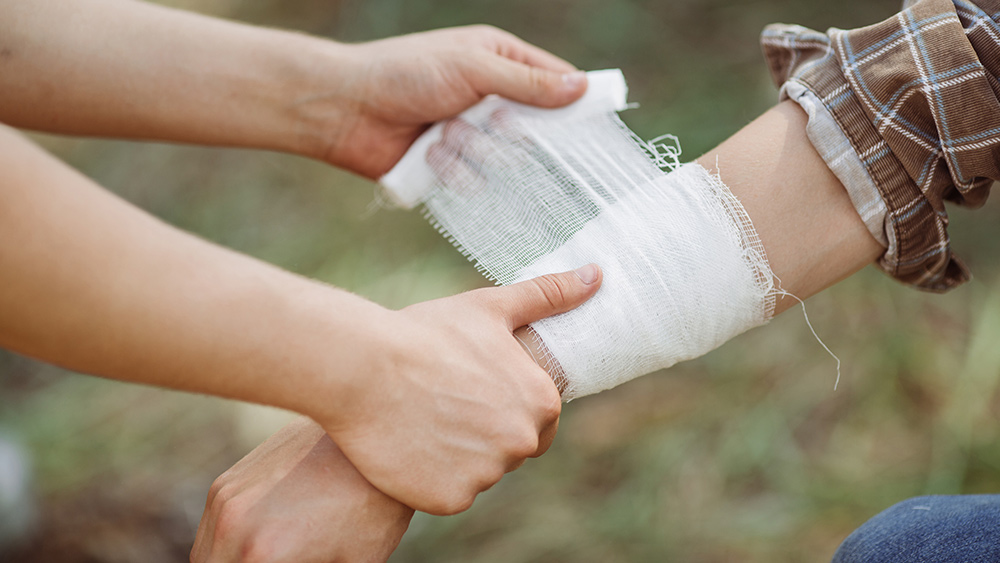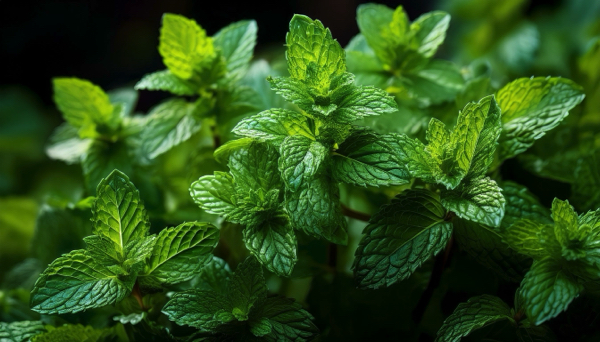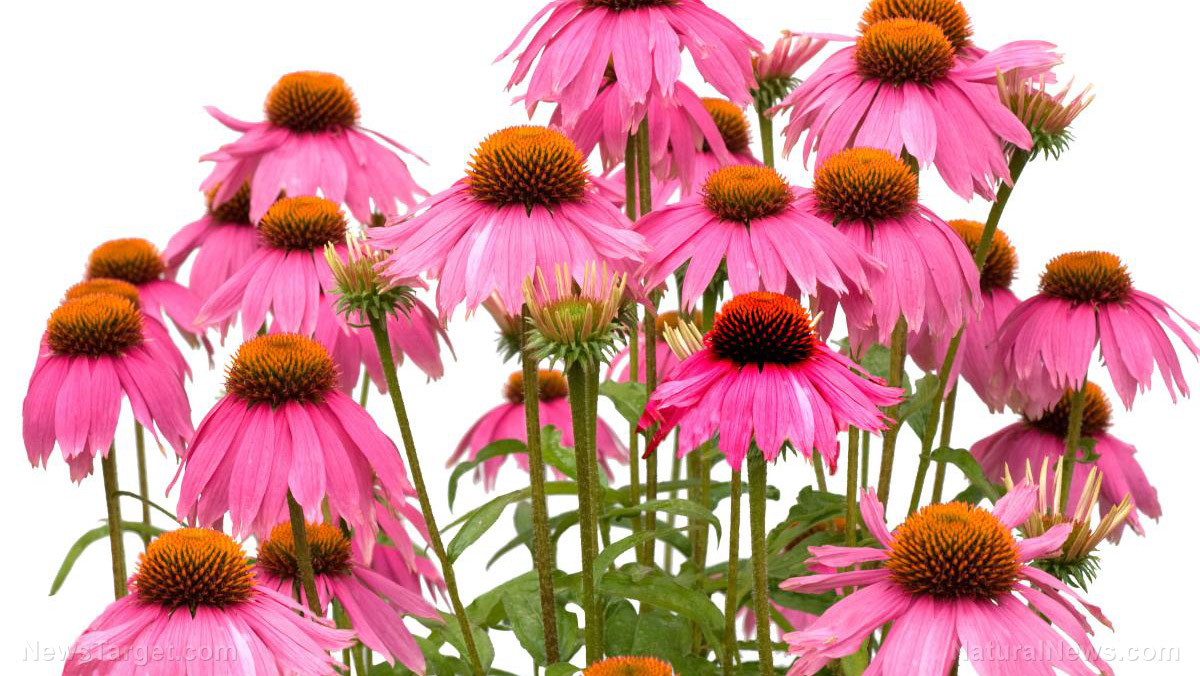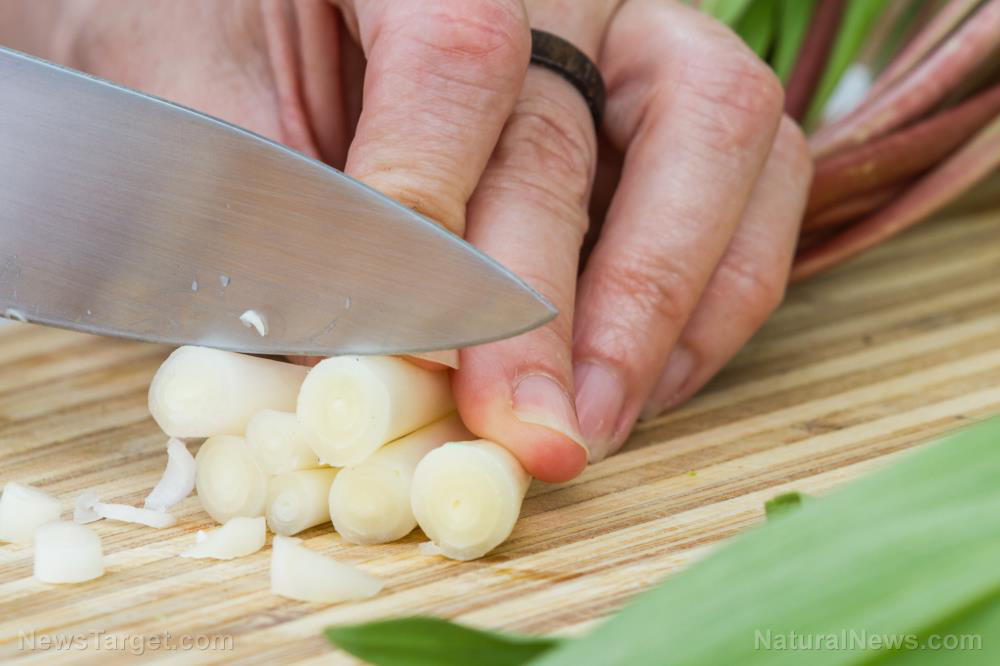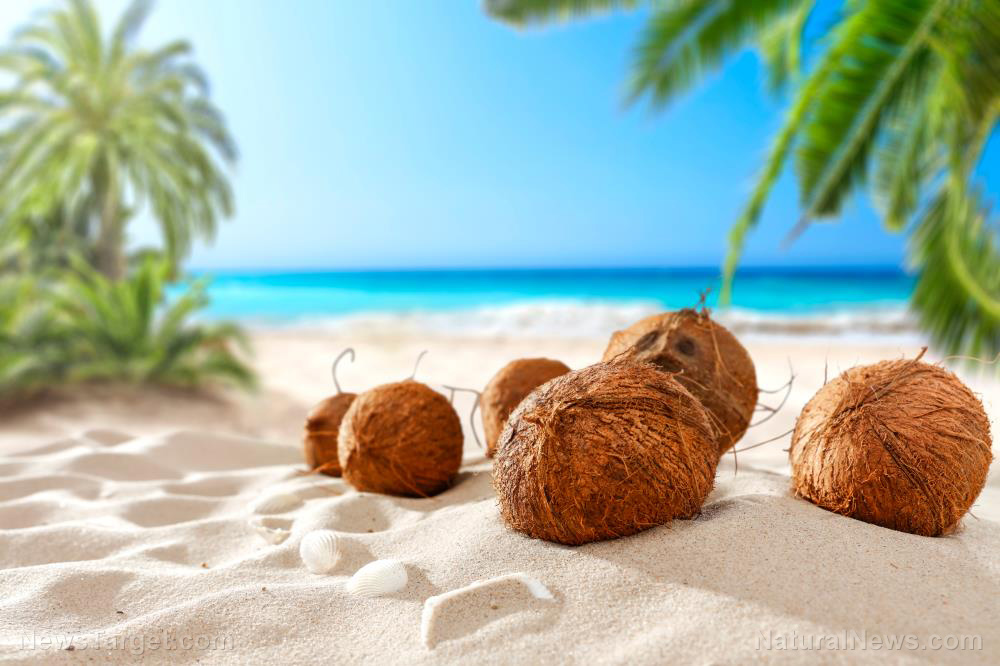3 Evidence-based ways to reverse skin aging naturally
12/07/2023 / By News Editors
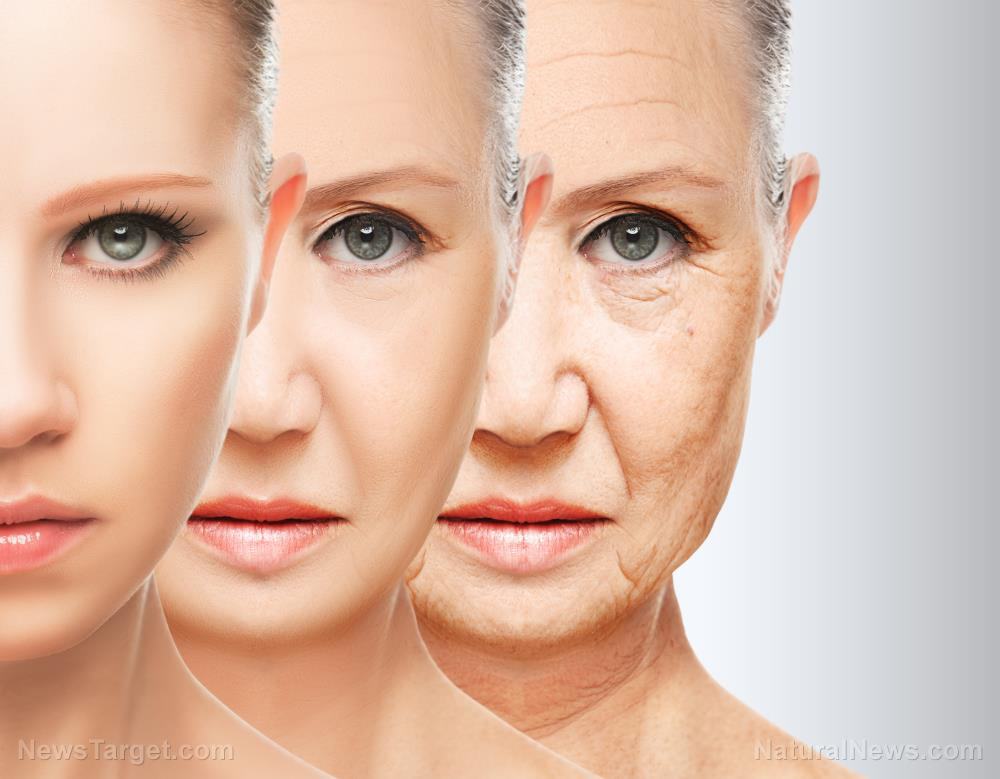
Our aging skin is the target of billions of dollars worth of marketing, the object of a continual stream of cosmetics, drugs and ‘nutraceuticals’ promising to deliver age-defying results. But what really works? What does the scientific evidence say?
(Article by Sayer Ji republished from GreenMedInfo.com)
In this article we discuss three proven natural interventions that are generally considered safe, affordable and effective.
Pine Bark Extact (Pycnogenol)
A 2012 study involving 112 women found pine bark extract (PBE) safe and effective in significantly improving skin color and reducing pigmentation of age spots due to mild to moderate photoaging.[1]

Before (left) and 6 months after (right) treatment of photodamaged skin with oral pine bark extract. Image Source
The women were randomized to either a 12-week open trial regimen of 100 mg pine bark extract supplementation once daily or to a parallel-group trial regimen of 40 mg PBE supplementation once daily. The researchers reported, “A significant decrease in clinical grading of skin photoaging scores was observed in both time courses of 100 mg daily and 40 mg daily PBE supplementation regimens.”
Aloe Vera Gel
A 2009 study of 30 healthy female subjects over the age of 45, and who received 2 different oral doses (low-dose: 1,200 mg/d, high-dose: 3,600 mg/d) of aloe vera gel supplementation for 90 days, saw remarkable results. The researchers measured clinical signs and biochemical changes of aging skin before and after supplementation and found that “After aloe gel intake, the facial wrinkles improved significantly (p<0.05) in both groups, and facial elasticity improved in the lower-dose group.” They concluded: “Aloe gel significantly improves wrinkles and elasticity in photoaged human skin.”[2]
Read More: Research: A Teaspoon of Aloe a Day Reverses Signs of Skin Aging.
Smoking Cessation
A 2010 study evaluated the benefits on the skin obtained by cessation of smoking in a sample of 64 Italian women who smoke, and who, over a period of 9 months, were followed by a team of dermatologists, psychologists and nutritionists.[3]
Each participant was given a clinical score to measure each of several criteria of skin health and appearance. Participants’ skin was assessed on the basis of presence of lines, vascular and pigmentation state, elasticity, brightness, and texture.

These measurements were then used to determine a biological age of the skin. At the beginning of the study the average biological age of participants was 9 years older than their chronologic age. Amazingly, after 9 months after cessation of smoking, the average reduction of the biological age of the patient’s skin was 13 years.
Read More: Skin Aging Reversed 13 Years in Just 9 Months By Doing This.
Concluding Remarks
The health and quality of our skin reflects what’s going on inside. No magic supplement will reverse the age-accelerating effects of a poor diet, a chronically stress-producing lifestyle, chemical exposures, etc. The point of the studies above is that simple nutritional interventions, e.g. a teaspoon of aloe vera, a concentrated antioxidant source, the cessation of a daily chemical exposure, will support truly regenerative processes within the body that are operating all the time and are best supported through organically produced, lovingly prepared food.
Read more at: GreenMedInfo.com
Submit a correction >>
Tagged Under:
aging secrets, aloe vera, alternative medicine, anti-aging, cosmetics, herbal medicine, herbs, natural cures, natural health, natural medicine, naturopathy, phytonutrients, pine bark, pycnogenol, remedies, skin health, stop smoking, suupplements
This article may contain statements that reflect the opinion of the author
RECENT NEWS & ARTICLES
consumerwellness.info is a fact-based public education website published by consumerwellness.info
All content copyright © 2023 by consumerwellness.info
Contact Us with Tips or Corrections
All trademarks, registered trademarks and servicemarks mentioned on this site are the property of their respective owners.

